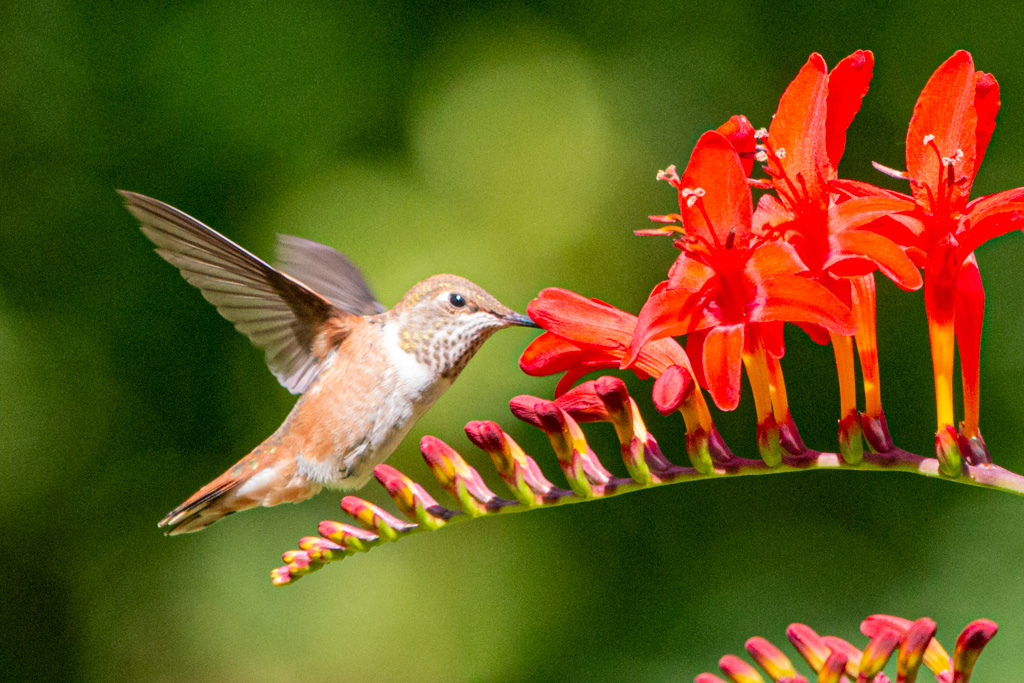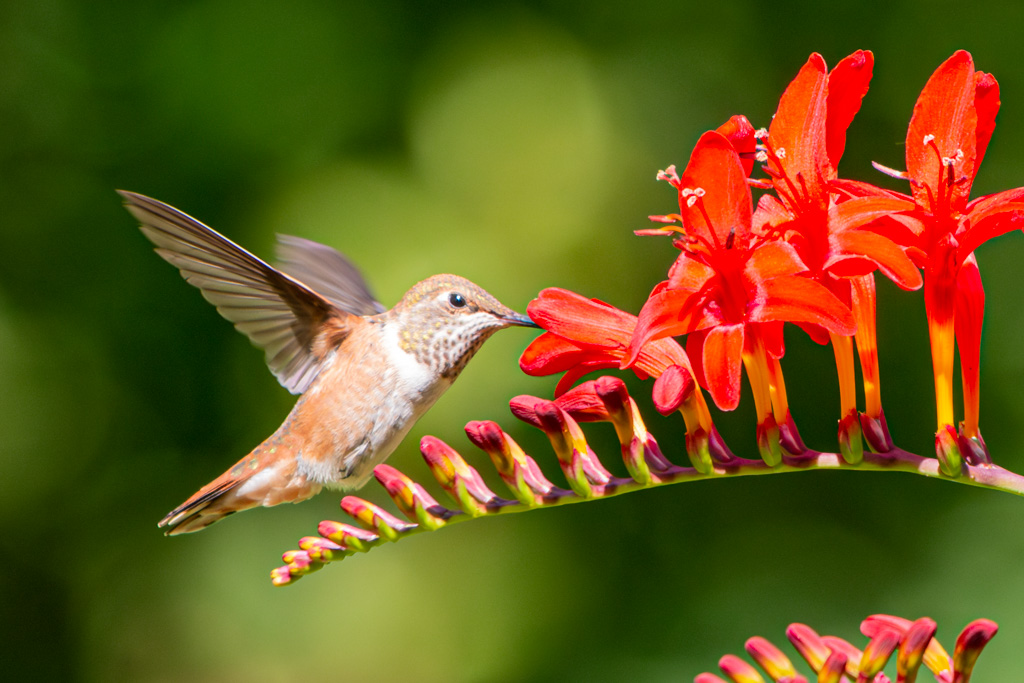Any sufficiently advanced technology is indistinguishable from magic. Arthur C. Clarke
Holy cow, Artie couldn’t have been more right. So last night, whilst gathering together more pictures to populate my new and improved photo site, I opted to have YouTube playing away in an adjacent window to occupy my otherwise free ears. Over many years, I’ve managed to curate YouTube pretty well, and it tends to only give me things that I would be interested in.
Like, say, photography. (I do watch a number of videos on how to take better pictures, and how to use the software I have more effectively.) And, lo and behold, up came a video titled “Lightroom Update (April 2023) … A.I. Noise Reduction–” and I totally didn’t pay any attention to the rest of the title, the acronym “AI” caught my undivided attention.
Now, full disclosure, it’s not because I’m an Adobe fanboy. It’s because I’ve been spending untold hours trying to understand the implications of the AI that has been imposed into our world over the last few months. So, naturally, this caught my attention, as well.
What does it do? Simply put, it removes noise from your images. For any photographer, noise is a silent killer of epic pictures, a little dottiness that lurks in darker spaces after you’ve had to adjust levels and enhance colours and suddenly you’ve run beyond what the data in your image can manage and … ew. Removing it isn’t easy, though there are many software packages that’ll help you with it. And now, for those of us who use Lightroom, we have it built in.
Is it perfect? Heck, no, not even close. First, you have to use a RAW image format (and fairly current ones, at that); no JPG, no DNG (really, Adobe?!), and not even TIFFs (consistently) can be processed. (Yet. I hope that changes.) And it’s ability to do it well is … well, it’s got some growing to do, for sure. Now that it’s in general release, I’m sure Adobe will get loads of suggestions.
But.
HOLY SHIT WHAT IT CAN DO FOR A MEDIOCRE IMAGE.
I might have burned through an unwise amount of time trying this out on every image I could find that was in need of improvement. It didn’t work for every image, and indeed some images were actually made worse. Any image that had healing (dust spots) or modifications (removing an unwanted person, for example) caused regeneration of the areas, often with undesired effects.
When it did work? Honestly, I nearly cried.
Take this image for example. It’s a Female Rufous Hummingbird that was flittering around my in-laws’ neighbour’s garden (the neighbour is awesome and let me prowl around their gorgeous plants). Taking pictures of hummingbirds is really difficult – they’re very quick, so you need a very quick shutter speed. Even with a decent zoom lens and stablisation, this is the best image I could get:

It’s … okay. I like it, don’t get me wrong. The lack of clarity on the feathers bothers me, but the background outright annoys me. Partly because I had to severely crop the image (even with a zoom lens, I just couldn’t get close enough without scaring the bird away).
It was one of the first images I threw through Denoise. I had to know what could it do.

I mean. Holy shit. My jaw literally dropped. I wasn’t expecting this. I wasn’t expecting the image to suddenly look (almost) exactly how I’d always wanted it.
Needless to say, I tried it a lot more. There were almost many “meh” images as there were successes. Just so we’re clear on that.
Is it “AI”? It’s marketing, that’s what “AI” there is. It’s a really good algorithm, make no mistake, but so far as I can tell, the image isn’t sent out to some cloud server, processed, and sent back, this is all local. Which is perfectly fine, I have no problems with that. But it’s not any form of “artificial intelligence”. I might give it “approximated improvement”, but that’s as far as I’d go.
Still, it’s a tool I intend to use. It’s already fixed some of my problems, and I hope it’s going to fix a lot more.
